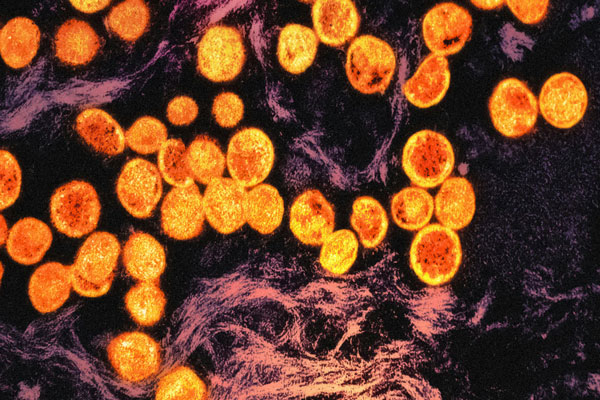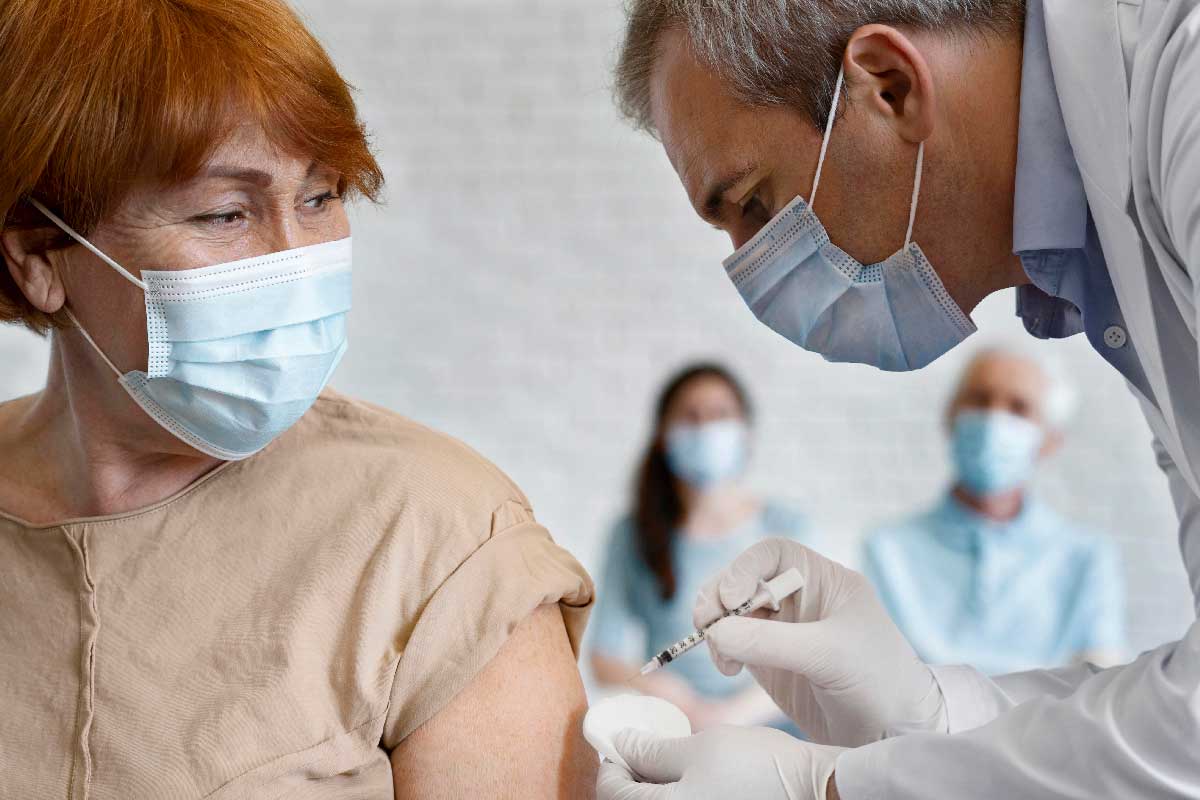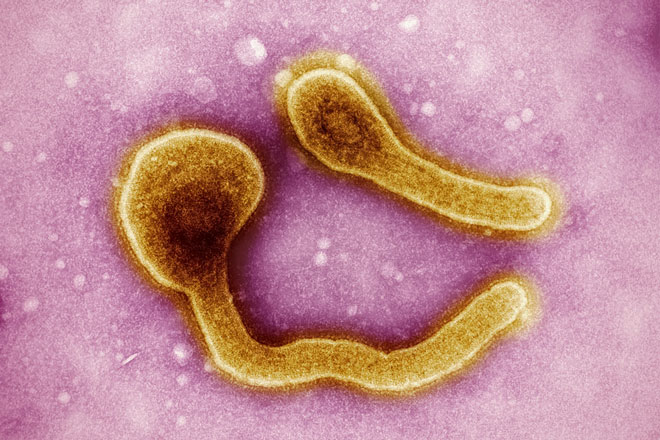Five things you need to know about Equatorial Guinea’s Marburg outbreak
The Ebola-like virus has already killed nine people in Equatorial Guinea. Although there are no vaccines or treatments yet, efforts are underway to contain its spread. Here’s what we know so far.
- 21 February 2023
- 4 min read
- by Priya Joi

Equatorial Guinea confirmed its first ever outbreak of Marburg virus disease on 13 February. Marburg is related to Ebola, and causes similar symptoms of haemorrhagic fever, muscle ache and diarrhoea. The largest known outbreak of Marburg virus, in Angola in 2004, infected more than 250 people. The virus is deadly, potentially killing nine of ten people infected.
1. Quarantine and infection prevention control measures are critical
Marburg spreads from person to person via direct contact (through broken skin or mucous membranes) with the blood, secretions, organs or other bodily fluids of infected people, and with surfaces and materials (such as bedding, clothing) contaminated with these fluids.
Given the high fatality rate and lack of effective treatment, it's critical that stringent infection control measures such as quarantine are put in place to avoid people being in contact with each other.
It also means that laboratory samples need to be disposed of carefully, and that people who succumb to Marburg are given safe burial procedures.
2. Investigational vaccines are being tested, but we may not have time to understand how well they work
An emergency World Health Organization (WHO) meeting discussed testing experimental Marburg virus vaccines in Equatorial Guinea. The prime candidates so far are viral-vector vaccines, similar to the AstraZeneca COVID-19 vaccine, that use adenoviruses to deliver instructions to our cells to make a Marburg virus protein that can trigger an immune response.
What are viral vector-based vaccines and how could they be used against COVID-19?
Viral vector-based vaccines use a harmless virus to smuggle the instructions for making antigens from the disease-causing virus into cells, triggering protective immunity against it.
The Sabin Vaccine Institute has a candidate vaccine that uses a modified chimpanzee adenovirus, and Janssen uses the human adenovirus that their COVID-19 vaccine was based on. Other vaccine candidates from Public Health Vaccines (PHV), the International Aids Vaccine Initiative (IAVI) and Auro Vaccines are based on weakened forms of vesicular stomatitis virus, the vector used in the first approved Ebola vaccine.
Have you read?
So far only the Sabin vaccine has completed phase 1 trials. The IAVI candidate is ready for phase 1 and PHV has completed pre-clinical testing. Janssen and Auro are not actively being tested currently. WHO's plan for testing vaccines would be similar to the approach with Ebola: ring vaccination targeting high-risk populations. None of the vaccines may even get to a clinical trial – ideally, quarantine would end the outbreak before a vaccine dose could be administered.
3. Therapeutics include antivirals and monoclonal antibodies
While none have been approved yet, the WHO emergency meeting on Marburg discussed evidence in non-human primates showing that post-exposure treatment with vaccines might be beneficial, or with treatment combining monoclonal antibodies and the antiviral remdesivir. Remdesivir by itself has 80% efficacy in non-human primates.
As useful as studies in non-human primates can be in terms of determining whether treatments will be viable in people, the WHO meeting said the timing of diagnosis may limit studies of early treatment. They add that treatment combinations may be more effective than individual agents, although the data so far may not be sufficient to make a judgement call and phase 1 studies will still be needed.
4. Antibody standards can help assess the immune response to new vaccines
Antibody standards for diseases like Marburg are important as they help measure our body's immune response to a new vaccine. CEPI has been partnering with Integrum Scientific and UVRI to develop an antibody standard for Marburg virus, as it did with MERS CoV.
5. Marburg may be able to lie dormant in people, meaning vigilance is more important than ever
In early 2021, there were reports that Ebola could lie dormant in people, only to emerge many months after an epidemic had ended, which could trigger another outbreak.
Marburg is closely related to the Ebola virus and is known to be able to persist in the eyes and testes of people who have recovered. In pregnant women, it can persist in the placenta and amniotic fluid as well as breast milk.
This means that surveillance is critical for rapid detection to be able to stem outbreaks before they spread.
More from Priya Joi
Recommended for you









